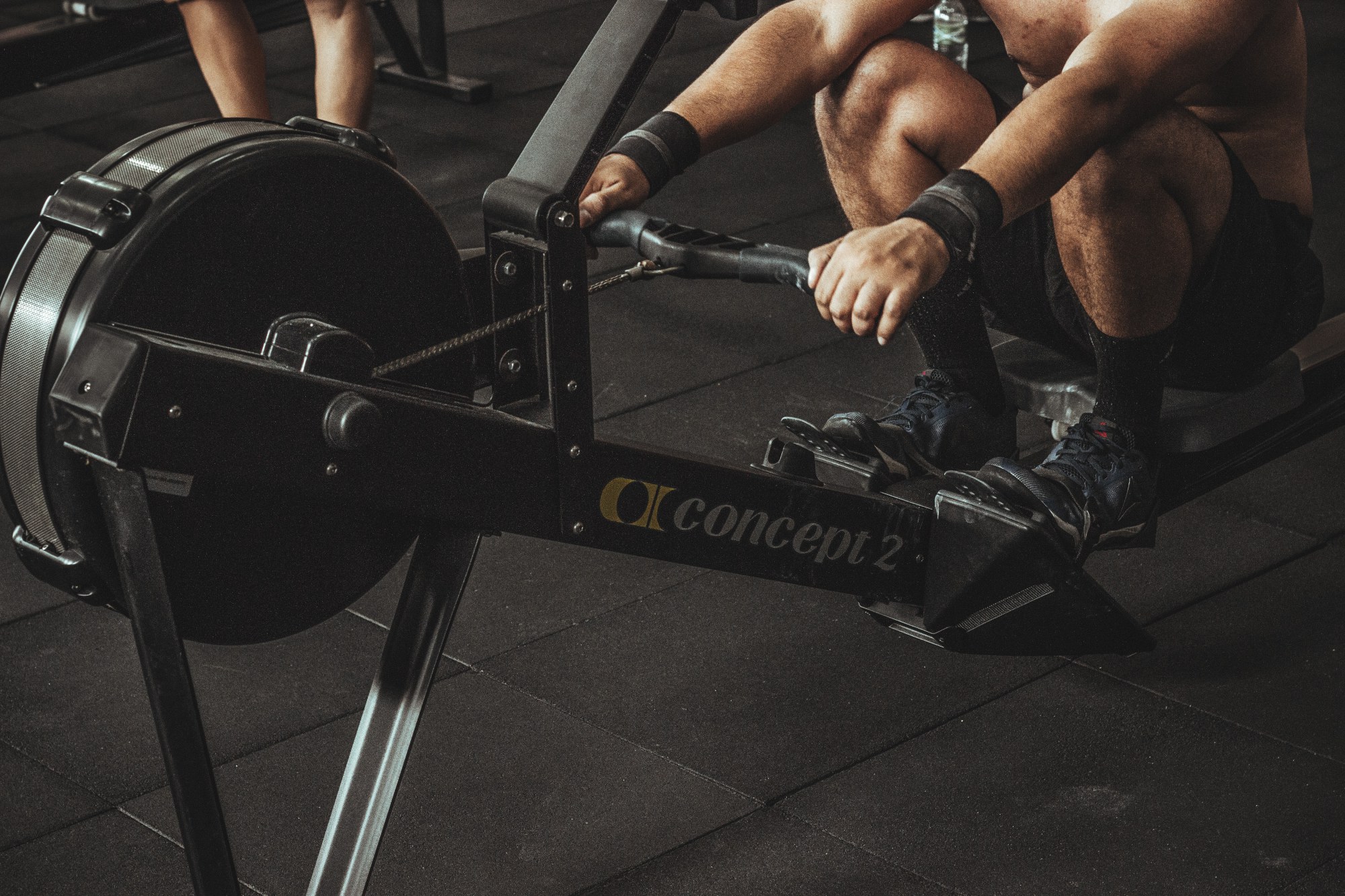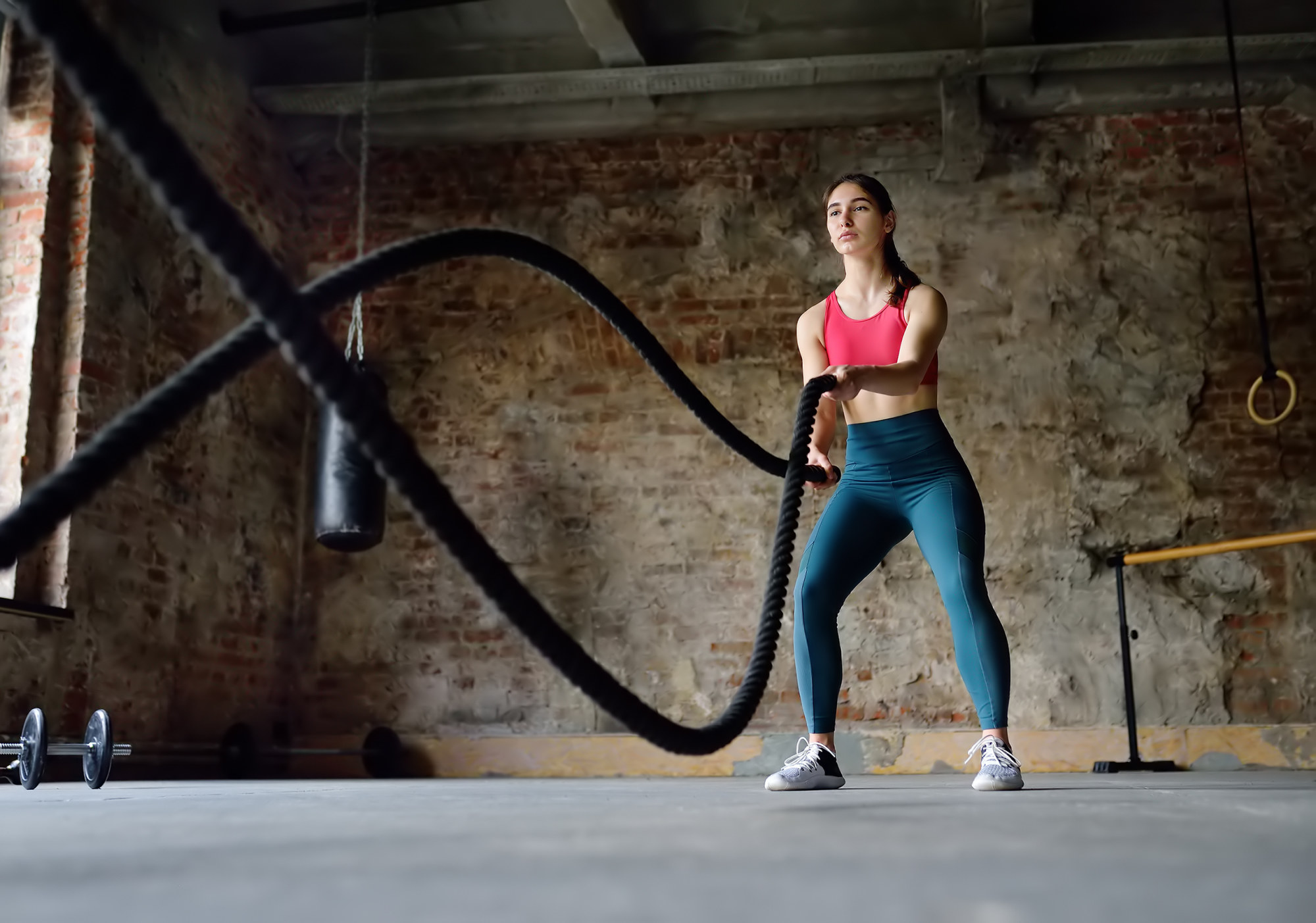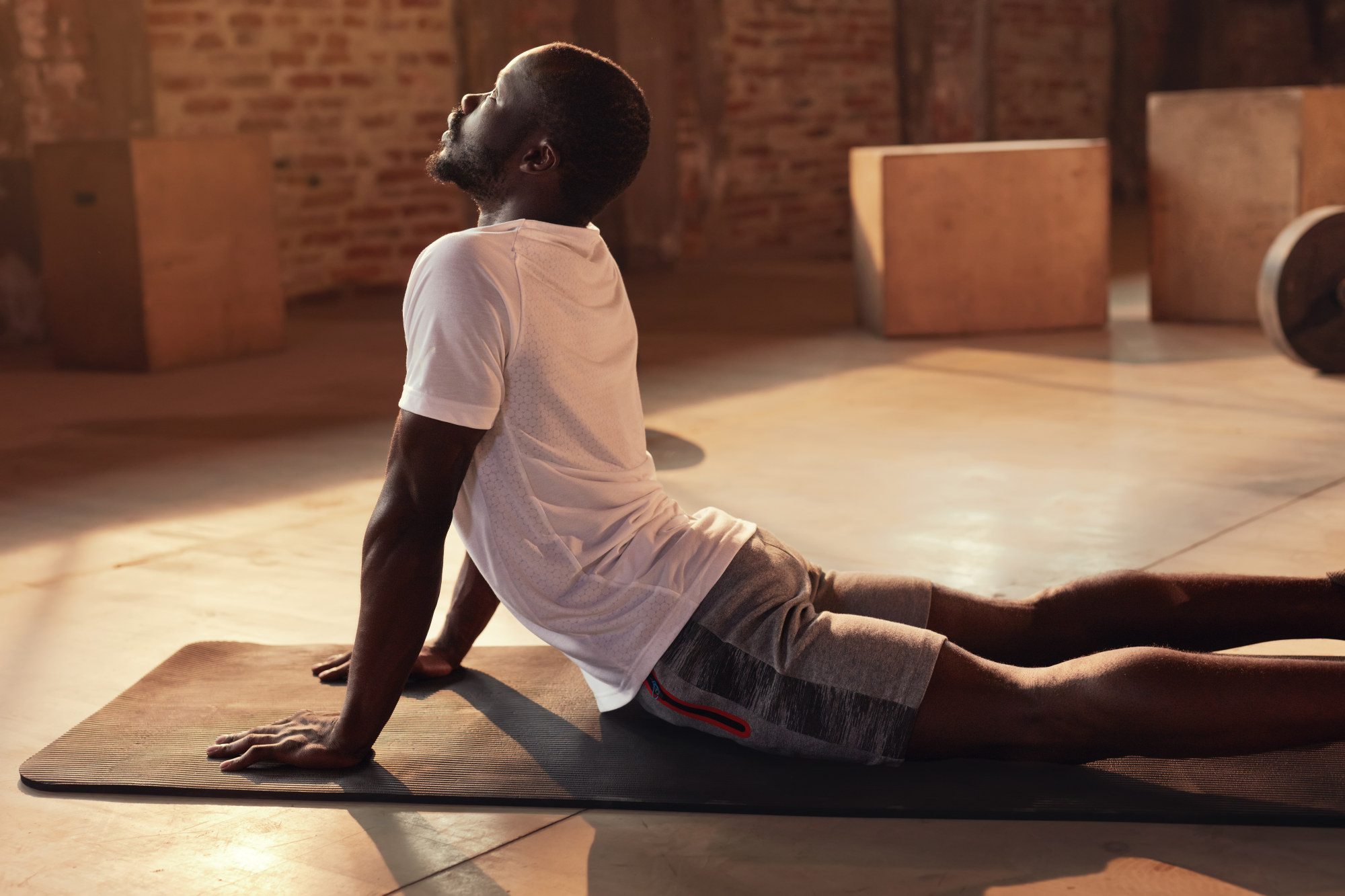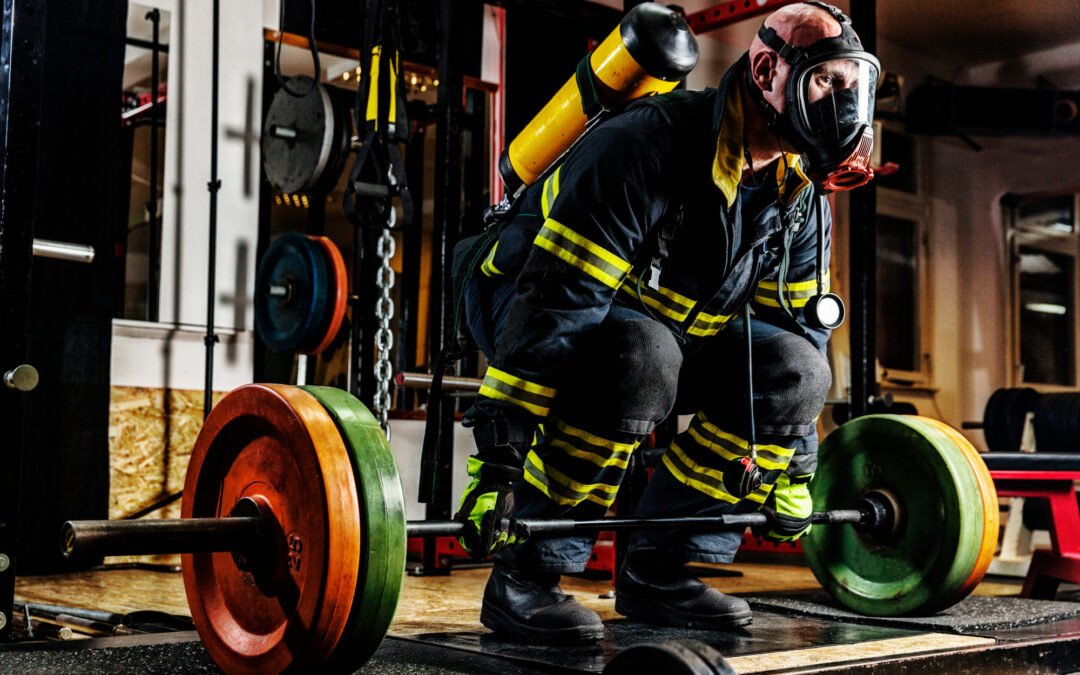Firefighting isn’t for wimps, that’s for sure. The mental toughness required to put yourself in harm’s way is one obvious trait firefighters need to possess. But what about the physical aspects of the job? The physical challenges you might face as a firefighter include carrying ladders and other equipment, moving hoses, and potentially, carrying other people out of burning structures. Let’s remember those tasks are performed while wearing turnout gear, including boots, coats, pants, gloves, helmets, and hoods. When you factor in radios, illumination devices, irons, and other miscellaneous items, turnout gear can weigh anywhere from 45 – 75 pounds.
So how does a firefighter stay physically fit to the level required to do their job and keep themselves and others safe? Relying on long-term care coverage is a great start for firefighters, but it isn’t enough. Read on for the five best exercises firefighters can do to keep getting the job done.

It All Starts with Cardio
Suppose the heart and lungs can’t efficiently get blood and oxygen to muscles, especially the large muscle groups like quads, glutes, and pecs. In that case, muscle isn’t optimized, and endurance suffers. Here are a few ideas, and they can all be done indoors and out:
- Running
- Rowing
- Cycling
- Swimming
- High-intensity interval training (HIIT)
Strength Training
Consistently tearing down and rebuilding muscle tissue through progressive overload (gradually adding more weight) while increasing or decreasing reps, depending on your specific goals, will change your body composition and make you stronger. Some of the best ways to achieve this include:
- Bodybuilding: lifting weights on a machine or with dumbbells and barbells (free weights).
- Circuit training: Engaging in five to ten exercises (a “circuit”) and repeating for a set number of rounds or length of time, with short rests between each round.

- Isometric weight training: Activating a muscle or muscle group for a sustained time. For example, doing a 60-second wall squat holding a 50-lb kettle ball or holding a push-up at the bottom of the position (close to the floor) with a 40-lb plate on your back for 45 seconds are examples of isometric exercises. The gains will be less significant than they would be with free weights, but they are easy to do anywhere, with minimal equipment.
- Plyometrics: This type of exercise is fantastic for improving speed, agility, and power. Jump squats and burpees are examples, and these can be done just about anywhere, including confined spaces. Throwing the ball for the dog? Perfect time to squeeze in some plyometrics while the hound fetches.

Yoga
There’s a reason why professional sports and countless other industries are incorporating yoga: It increases and maintains flexibility, optimum joint health, and mind-body connection (mindfulness). What’s that last one? In simple terms, when you stretch to catch a ball at first base, your mind (and your body) are catching the ball at first base. In other words, your mind is helping; it isn’t thinking about the next batter (not helping). In firefighting, thinking about climbing a ladder while you’re 50 feet off the ground climbing a ladder is a good thing, as Martha Steward would say.
Staying physically fit doesn’t take expensive equipment or tons of space. Also, firefighters, due to the extreme physical challenges of the work, are much more prone to short- and long-term injury. A solid long-term care plan is essential, but why not bolster it by building the strongest and healthiest body you can have during your working years?
Even the fittest firefighter must consider what happens if their body is injured, regardless of their health. A plan for long-term care like those offered through NPFBA can put your mind at ease while your body is working.

